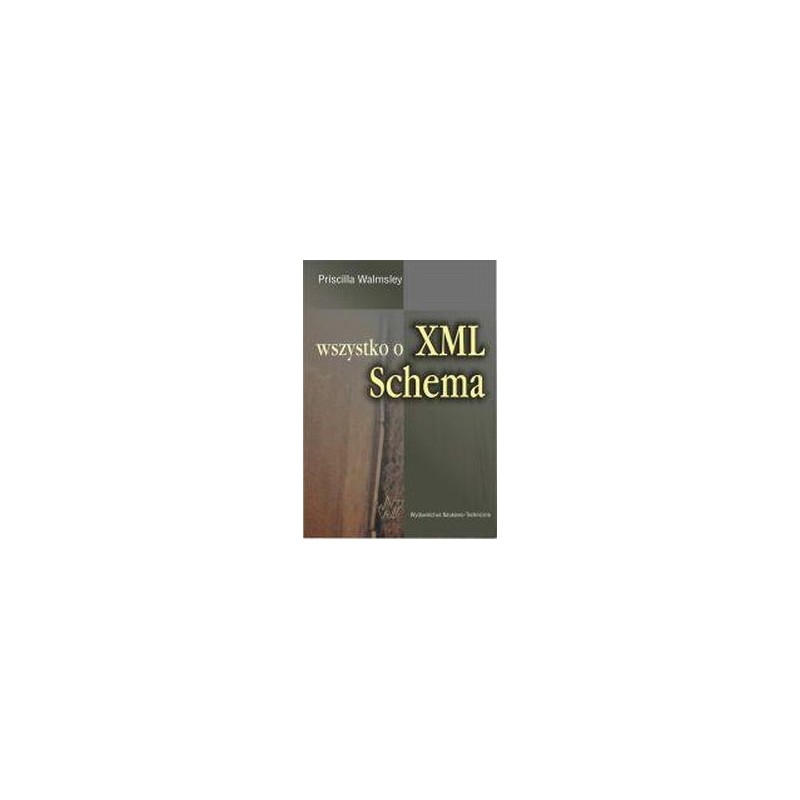- Out-of-Stock



Table of Contents
Chapter 1. Introduction to diagrams
Chapter 2. A glance at XML Schema
Chapter 3. Namespaces
Chapter 4. Structure building
Chapter 5. Individual copies and diagrams
Chapter 6. Documenting and extending schematics
Chapter 7. Declarations of elements
Chapter 8. Attribute declarations
Chapter 9. Simple types
Chapter 10. Regular expressions
Chapter 11. Unions and letters
Chapter 12. Built-in simple types
Chapter 13. Complex types
Chapter 14. Creating Derived Complex Types
Chapter 15. Reusable groups
Chapter 16. Spare groups
Chapter 17. Limitations of integrity
Chapter 18. Recomputing schematic components
Chapter 19. Tips for the creators of definitions in the DTD language
Chapter 20. Naming
Chapter 21. Extending and reusing schemas
No product available!
The official power supply for Raspberry Pi with 5.1V output voltage and 2.5A current efficiency. White power supply.
No product available!
PCB and programmed system for a fan regulator with a squirrel-cage motor. AVT1813 A +
No product available!
Simulation set for Siemens S7-1200 PLC devices. Using this set, it is possible to verify the operation of a program written for a PLC by applying the appropriate states to the digital inputs, to the analogue (ADC) inputs voltages from the built-in or external sensors. LED status monitoring is possible.
No product available!
USB C8051F programmer with programming and debugging function
No product available!
No product available!
No product available!
No product available!
PCB for an economic logarithmic probe. AVT1962 A
No product available!
MT SPEC01 / 2015 RASPBERRY, ISSN 0462-9760
No product available!
No product available!
No product available!
The STM32 eXploreM0 module contains a 32-bit microcontroller with ARM Cortex M0 core, STM32F051C8T6 (64 kB Flash memory, 8 kB RAM, 48 MHz, HDMI-CEC, I2C, IrDA, LIN, SPI, UART / USART). The USB / UART converter allows programming of the microcontroller via a USB cable. MOD-40.Z
No product available!
A set of basic electronic components complete with contact plate, connecting cables and Mega2560 R3. It is ideal for beginner electronics who also know Arduino. ArduCAM KB0003
No product available!
No product available!
Aluminum extensometer beam, allowing weight measurement up to 100 kilograms. It has four wires. It is used in kitchen scales and portable scales, max 100 kg, 20x23x94, 21 cm cable, RoHS
No product available!

